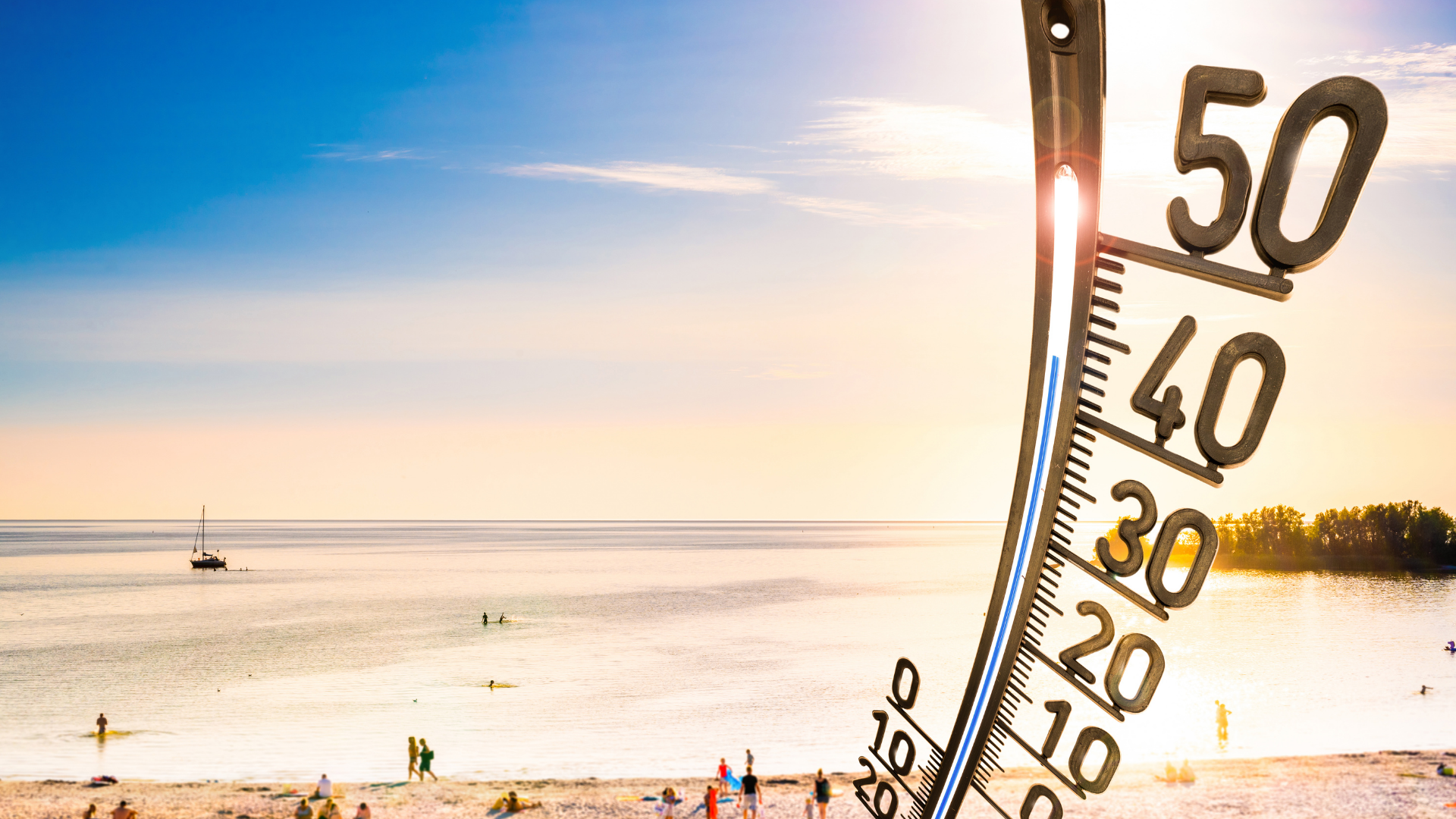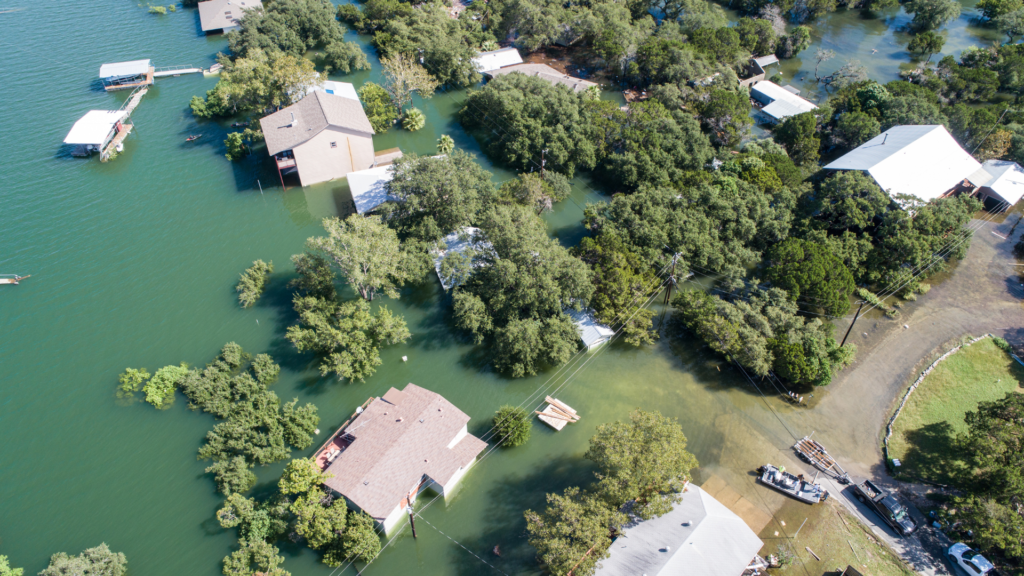As the planet warms, more and more extreme heatwaves are predicted to become more frequent and hotter. A severe heatwave is classified as a heatwave with temperatures exceeding 35.5 degrees Celsius (95 degrees Fahrenheit) on at least five consecutive days. One category that appears to be particularly at risk for extreme heatwaves in the sea.
Australia is in the middle of a heatwave, and it’s spreading. Temperatures are expected to be 42 degrees Fahrenheit (Celsius or Celsius) on Tuesday, with up to 40 degrees (Celsius or Celsius) reaching inland areas. The easiest way to figure this all out is using the Celsius scale—which is 100 degrees, or 0 degrees on the Fahrenheit scale—and the top temperatures in TV meteorologists’ graphics are usually 35 Celsius or 37 Celsius. So, this heatwave is a heatwave. It’s also the second heatwave of the year, following the one that occurred in late February.
A marine heatwave is a regional heat event that occurs over large areas of the world. It is characterized by unusually high temperatures, which can lead to heat-related deaths and injuries, as well as serious impacts on wildlife. Marine heatwaves typically occur during June, July, and August, but they can also occur during April, May, and September, too. The National Oceanic and Atmospheric Administration (NOAA) uses the term “marine heatwave” to group together weather events that affect the oceans and coastal areas.
Effects
Both nature and science seem to be on a collision course with escalating global temperatures. This year, extreme and unusual weather patterns caused global temperatures to rise to record levels, and Arctic temperatures reached 70 degrees Fahrenheit in early July. Scientists point to these unusually warm temperatures as evidence that climate change is harming our planet.
Climate change continues to impact marine ecosystems worldwide, and scientists predict the negative impacts will continue. One such phenomenon is called a marine heatwave when the oceans reach a sustained high temperature for an extended period of time. This can be dangerous for marine animals, which rely on oxygen from water to survive. Recent studies have examined how extended marine heatwaves affect sea creatures, and the results are not pretty.
Hot, sunny weather can be fun, but the heat can have an even greater impact on wildlife. Wildlife biologists are observing animals’ responses to marine heatwaves, which are particularly destructive to marine animals. Marine heatwaves are stretches of unusually warm weather lasting for several weeks. Marine heatwaves can often occur during the summer but can also occur during the cold seasons, particularly in the northern part of America.
Mitigation
A marine heatwave is any unusually prolonged period of hot weather in coastal areas, and it can have serious implications for marine life.
A marine heatwave is an intense period of abnormal temperatures that can quickly affect marine ecosystems, including sea surface temperatures and ocean productivity. These heatwaves have also been linked to massive die-offs of marine animals and the activities of the harmful algae called red tides and toxic blooms. The severity of marine heatwaves varies from year to year, but climate change is expected to worsen the problem, especially in areas where humans live and rely on the sea for food.
Sometimes, the sea isn’t the best place to live, as climate change causes sea levels to rise and global average temperatures to increase. As a result, the seas become warmer and more acidic. As temperatures rise, corals and other sea life are affected, changing habitats and making it harder for many species to survive.
The Caribbean has faced its share of extreme heat this summer, including temperatures as high as 104 F. Many tropics and sub-tropics are facing similar conditions. So, what’s causing these heatwaves, and what can be done to prevent them in the future? According to NASA, marine heatwaves are caused by a combination of higher ocean temperatures, higher air temperatures, and warmer water within ocean waters. As the oceans heat up, heat is transferred to the atmosphere. And while many coastal regions are hotter than the temperatures we’ve been experiencing this year, all states in the continental United States could see 4 or more days of temperatures over 90 F this summer.



